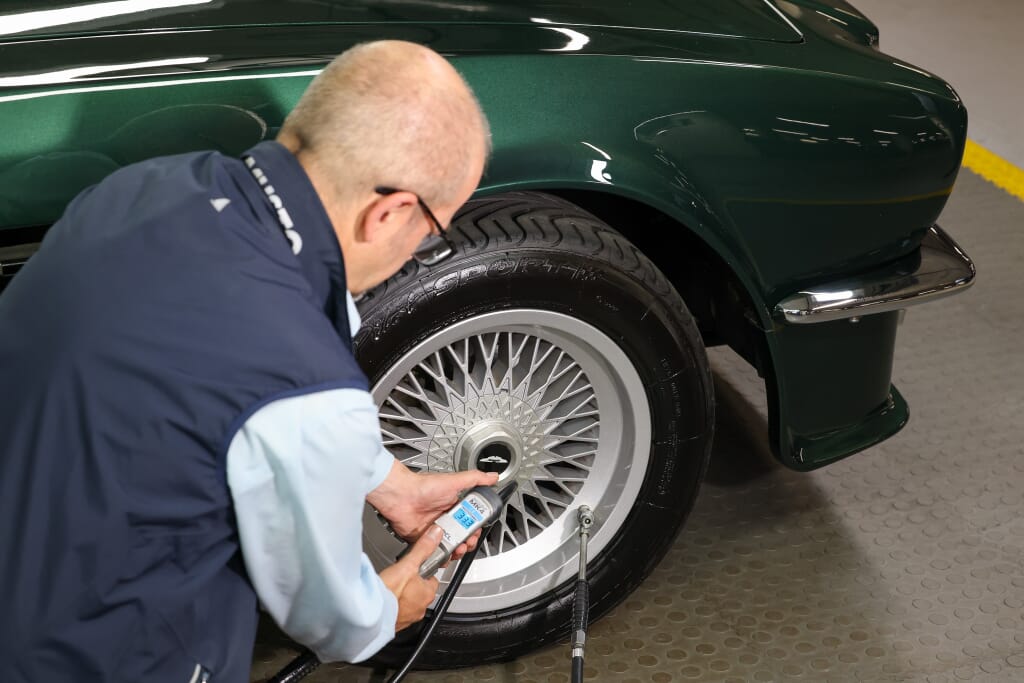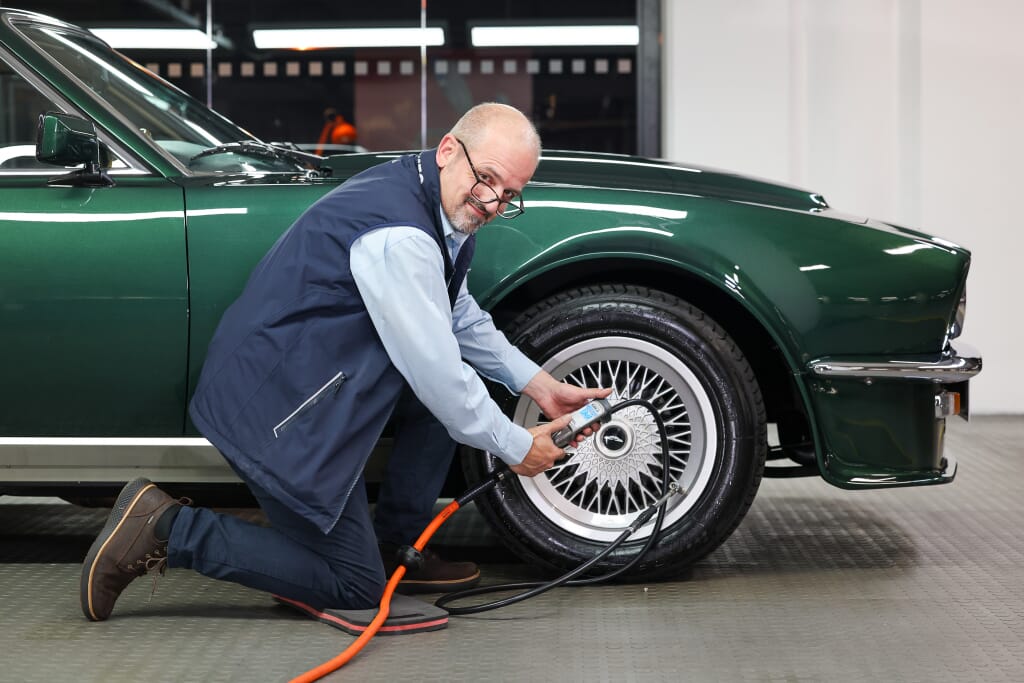
Many of us have debated fitting winter tyres for the colder months, but what are winter tyres and do we really need them in the UK?They are often overlooked as something drivers need in snowy conditions but they are actually designed to improve performance on cold, damp roads too. Read on to discover all about the benefits of winter tyres for driving in the UK…
What’s the difference between summer and winter tyres?
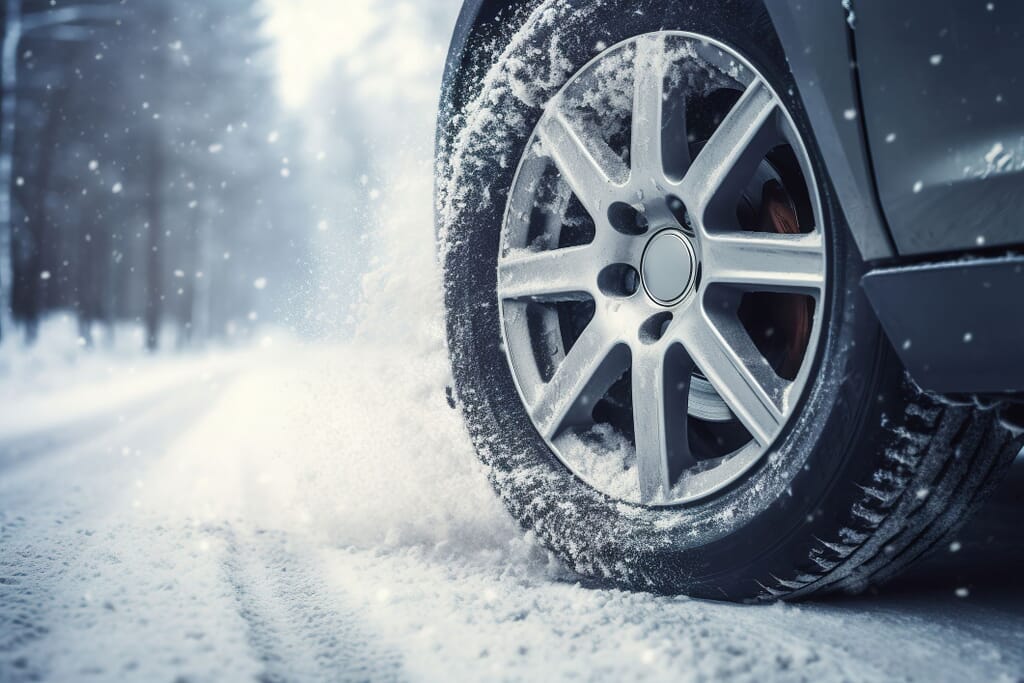
Fitting winter tyres in the UK is often seen as yet another motoring cost that we don’t really need; after all, we don’t really get ‘proper winters’ here do we? Sure, you’d swap your tyres in winter if you were driving to Courchevel – it is mandatory in some countries on the continent after all – but if you’re spending Christmas in the Cotswolds, can you use summer tyres in winter and have done?
Of course that’s exactly what many of us do, but there is a misconception that winter tyres are only for snowy conditions. That’s not the case at all – yes, they work best in cooler climates but winter tyres are designed with a tread pattern that specifically deals with – and clears – standing water, ideal when your winters are more wet blanket than blanket of snow!
Winter tyres are also good at dealing with those other British winter hazards – fallen leaves and rivers of mud. In fact, they can be so effective in muddy conditions that you might be forgiven for thinking that your daily driver has had a four-wheel drive upgrade.
There are many differences between summer and winter tyres but the easiest way to identify what you’re running on is to look for the ‘snowflake’ logo on the sidewall.
What are the benefits of winter tyres?
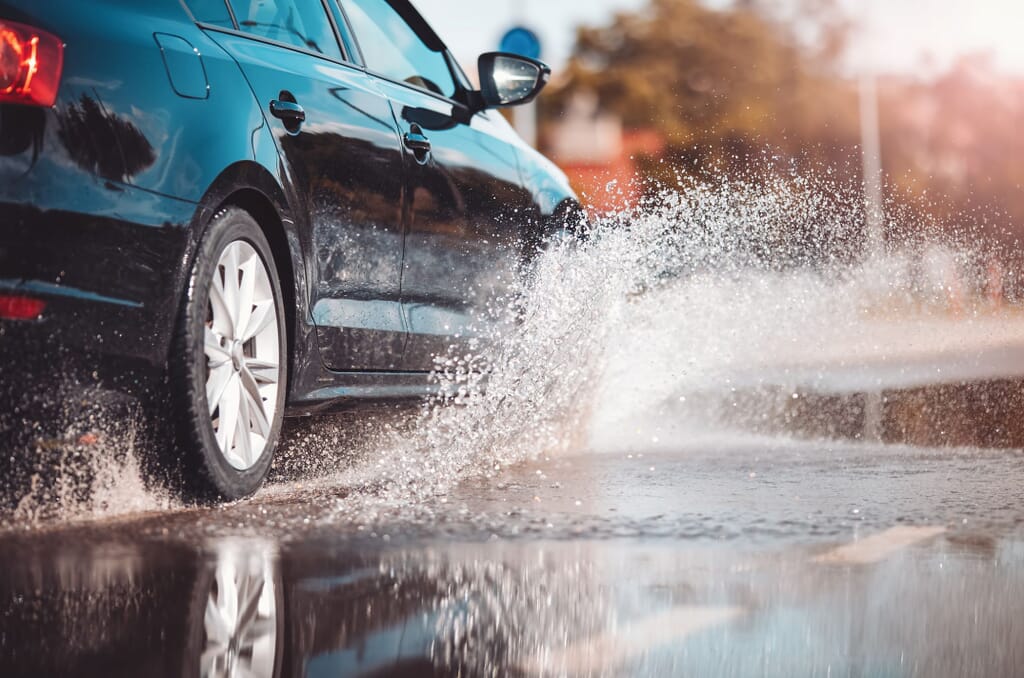
If you want your daily driver to impersonate a Defender, then swapping to winter tyres is a good place to start. According to the RAC, ‘on snow, a two-wheel-drive car with winter tyres is invariably safer than a 4×4 on summer tyres’.
Thanks to their silica-rich compound and unique tread pattern consisting of deep grooves and narrow cuts known as ‘sipes’, a good set should outperform standard tyres when it comes to cornering, traction and crucially, braking.
This was backed up by a study that looked at the difference between summer and winter tyres undertaken by the British Tyre Manufacturers Association. The results showed that a car braking at 60mph on a wet road at 5°C stopped five metres shorter when fitted with winter tyres and on icy roads, braking distance was over 10 metres shorter when travelling at 20mph.
What many drivers don’t realise is that conditions don’t have to be freezing for winter tyres to excel – they’ve been found to outperform standard tyres in all weather conditions, so long as the ambient temperature stays below 7°C – well within the heady temperature range of the average British winter.
Should I change my tyres in winter?
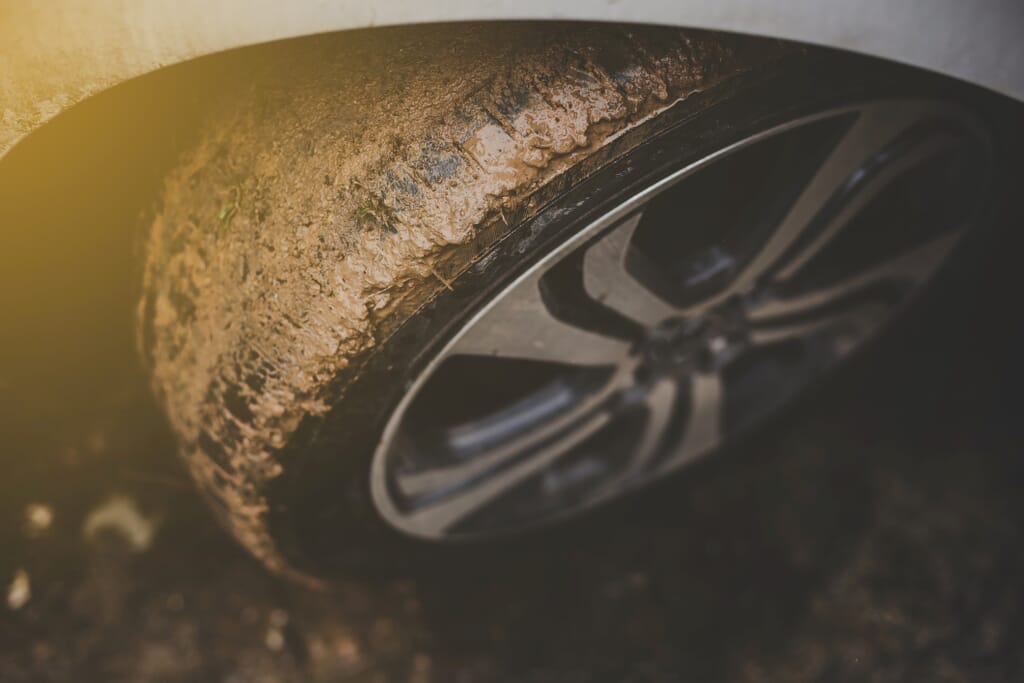
According to TyreSafe, even cold, damp roads can dramatically affect the performance of tyres, leading to an increased accident risk. For that reason they recommend that changing your tyres in winter is the safest option for driving in the UK from October to March. This especially applies to commuters and business motorists who are on the roads in coldest conditions in the early morning and evening.
Winter tyres can be fitted on pretty much any car, whether you have a classic car, a supercar or a daily driver. You may find you are a bit limited on what brand you can have and at what price, but with tyres, you generally get what you pay for.
One thing to consider with winter tyres is that you will need to plan ahead, especially if you are driving to the continent for the ski season. In the UK, there isn’t always a ready supply of winter tyres in stock so they may have to be ordered specially.
But, if the thought of swapping your tyres twice a year is a step too far in terms of car maintenance, there is a halfway house in the form of CrossClimate tyres. These all-season tyres combine features of summer and winter tyres to offer safe driving in all weather conditions, including snow and ice.
Alternatively, if your car is in winter storage with Windrush, we’ll keep an eye on the forecast and order in and change your winter and summer tyres for you!
Winter tyres the Windrush way
